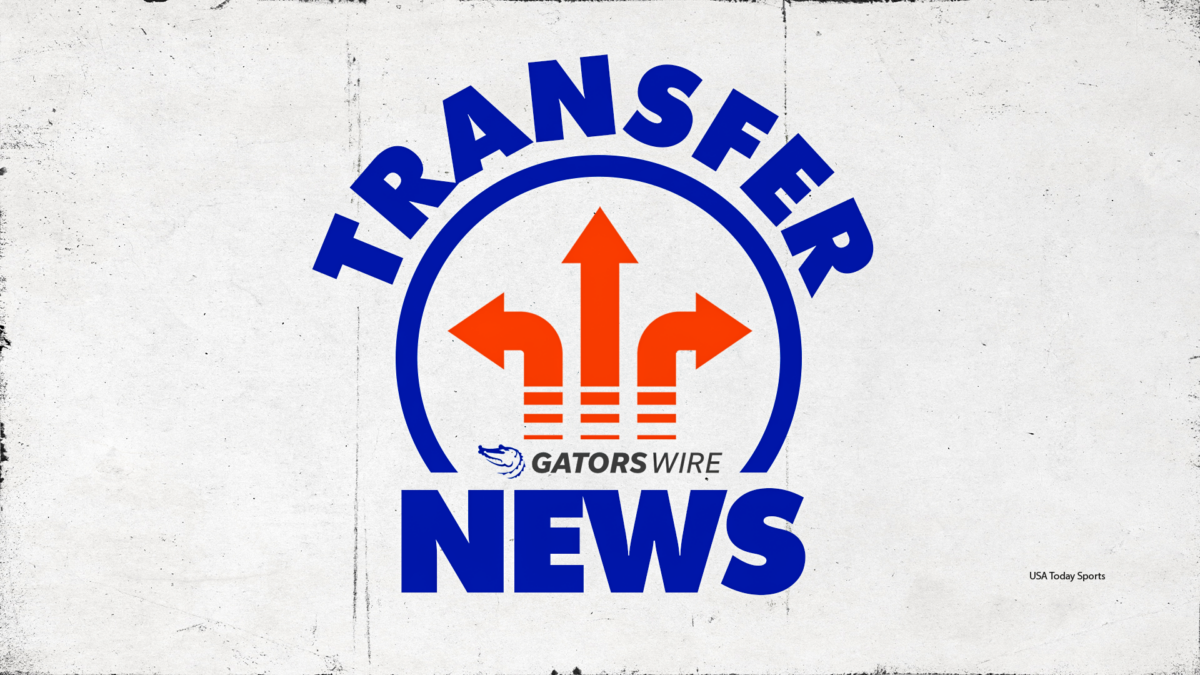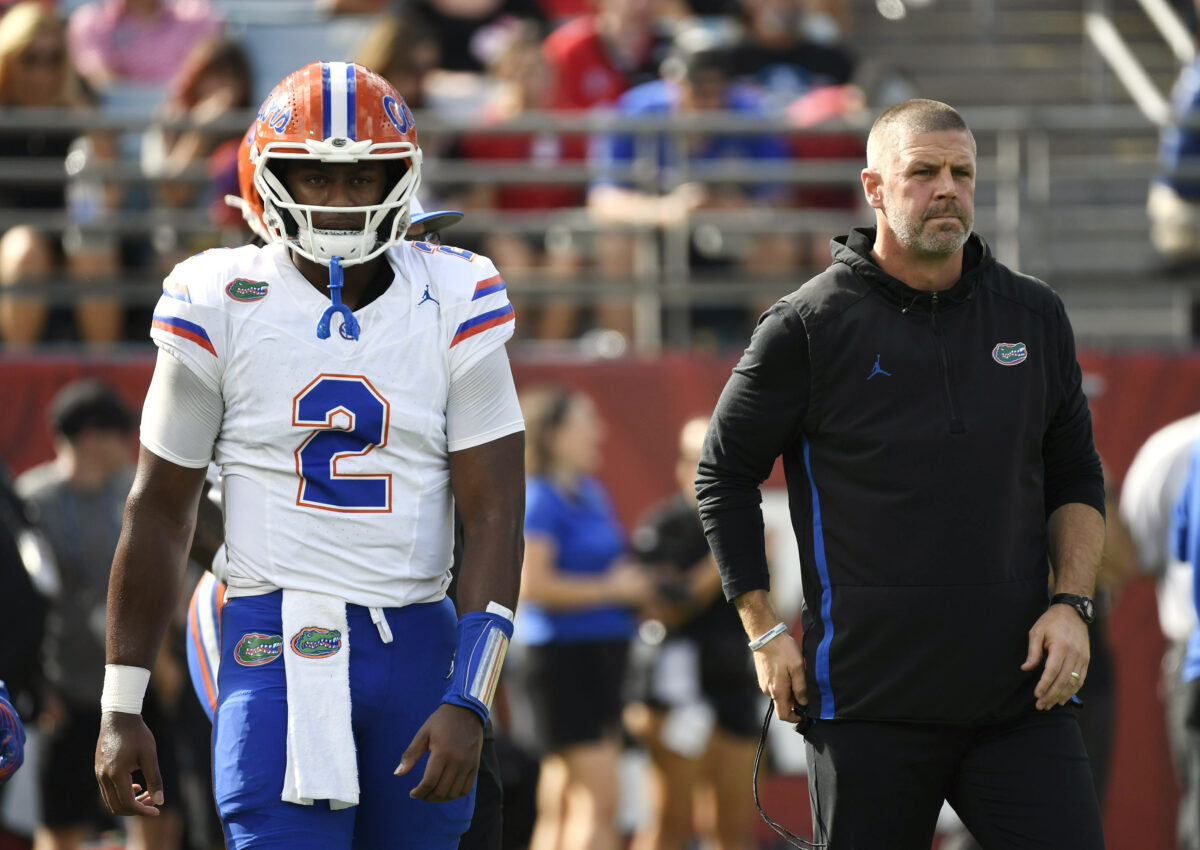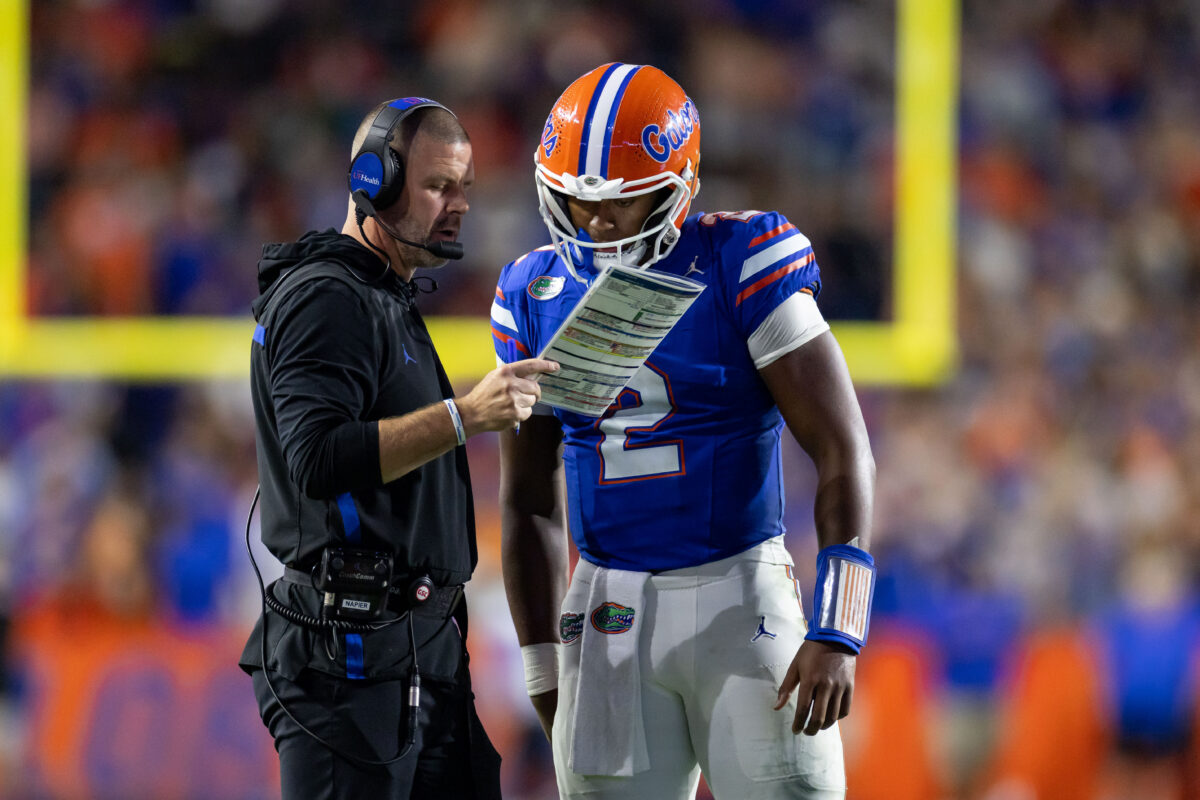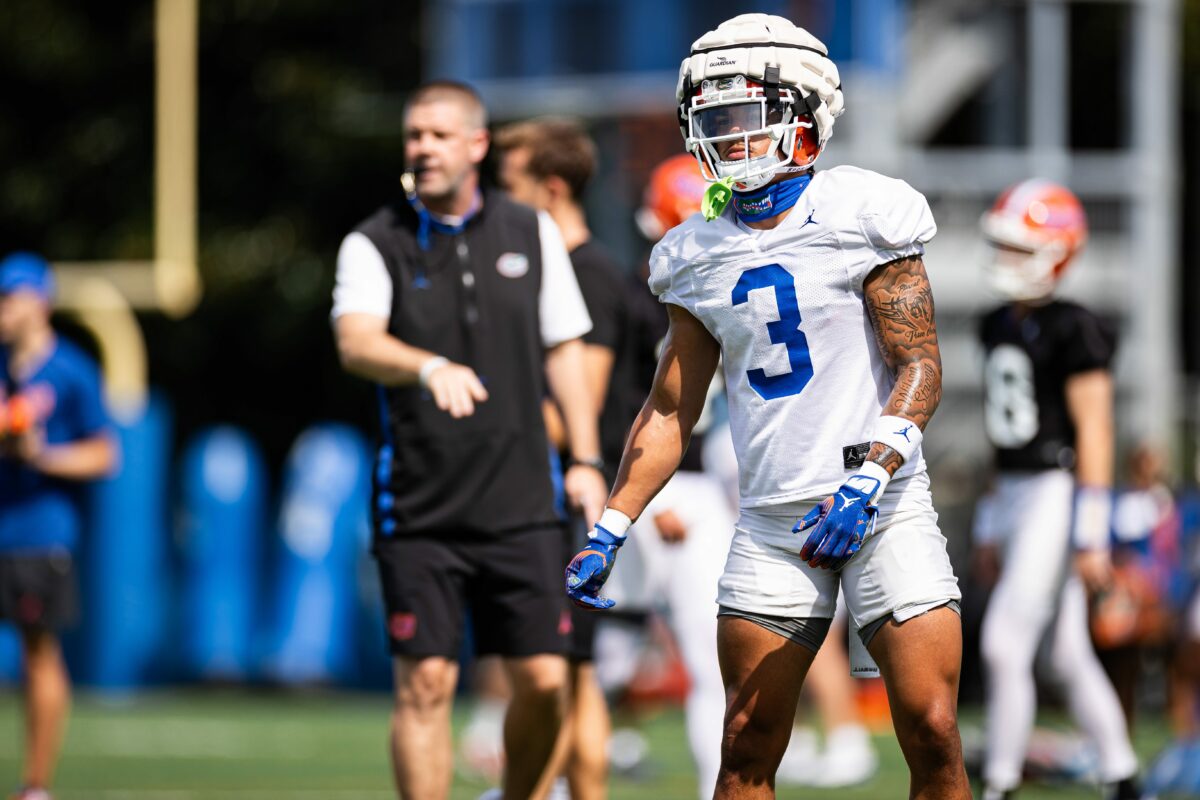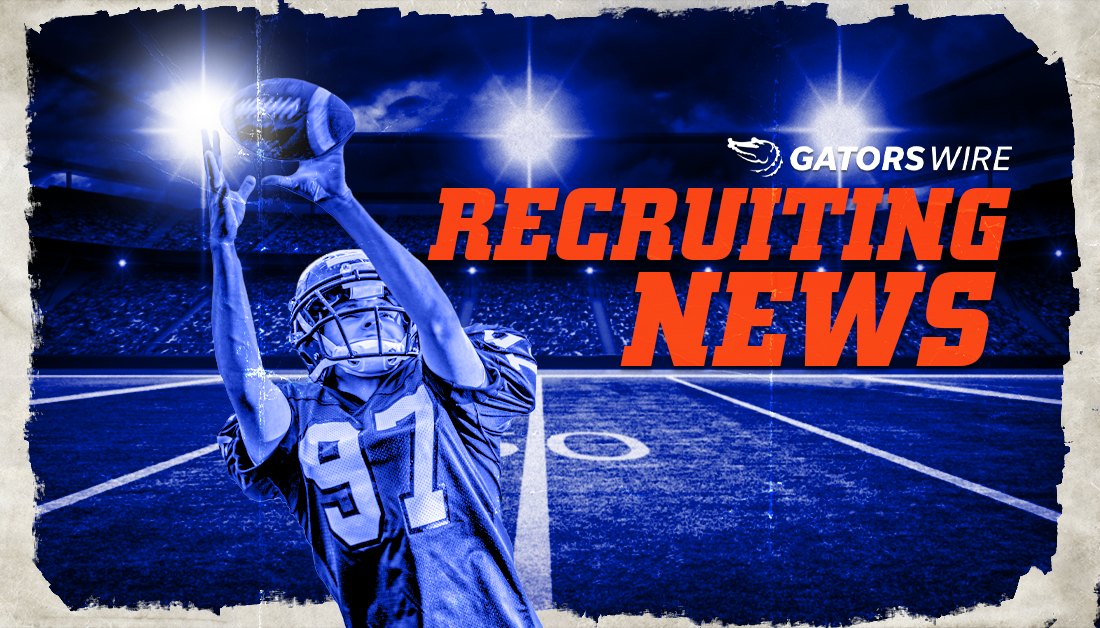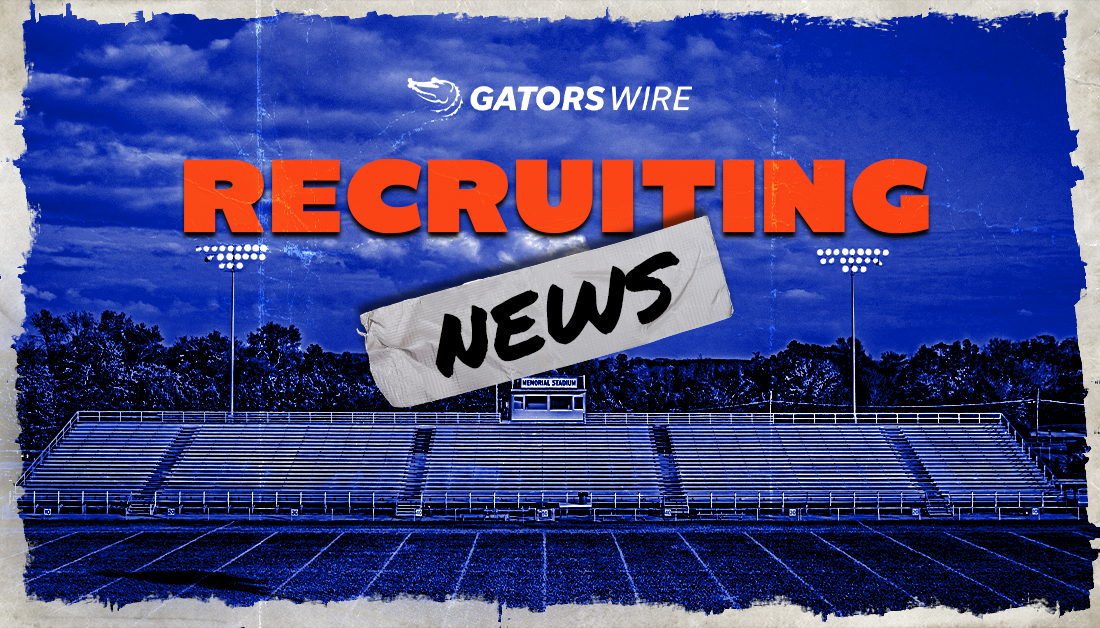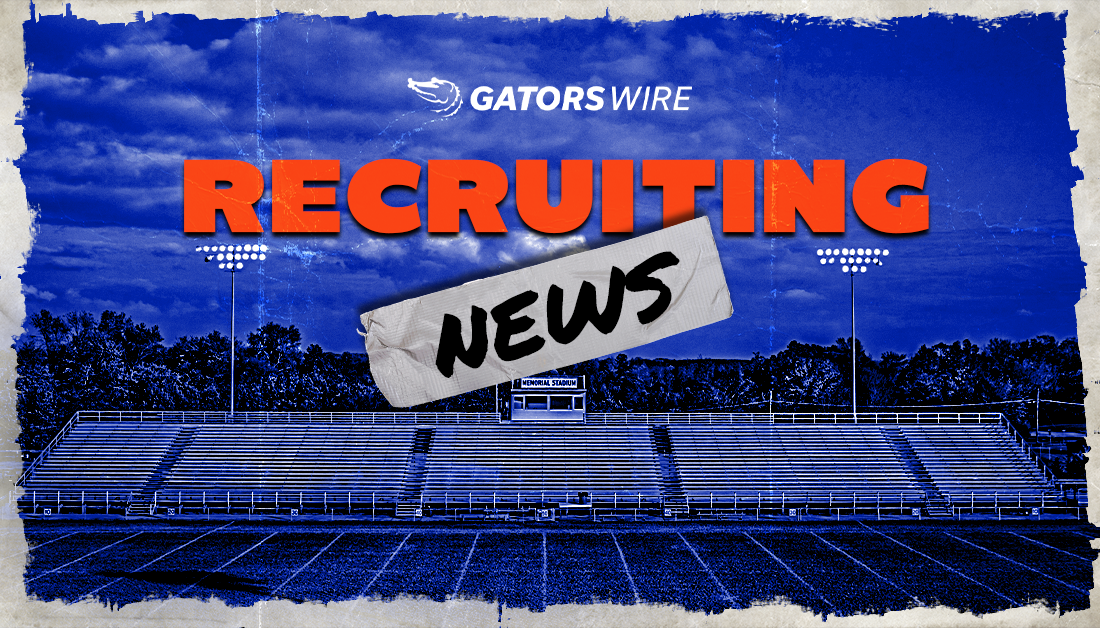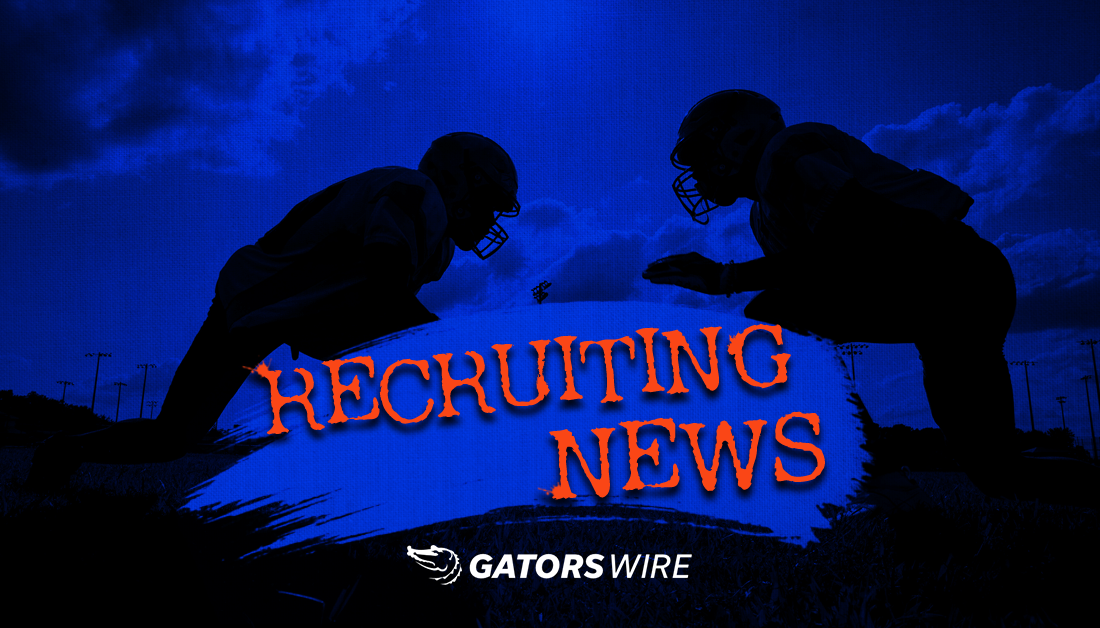Florida’s bounce-back win over Samford has Gator Nation buzzing again, but just how good was the Orange and Blue in its annual FCS matchup?
To answer that question, we turn to Pro Football Focus’ weekly grades for another in-depth analysis of Florida’s performance.
Of course, the big news in Week 2 was that [autotag]DJ Lagway[/autotag] started at quarterback, and the true freshman dazzled by putting up over 450 yards passing and three touchdowns. But there’s more to offense than quarterback play.
Let’s take a look at how Florida graded out against Samford.
Understanding PFF grades
The grading scale ranges from -2 to +2 with increments of 0.5, and players are given a grade on every play they are on the field for. A zero grade means a player did his job, while the two ends of the scale represent extreme success or failure — think red zone interception at the end of a game or a game-winning touchdown pass when applying it to quarterbacks.
There’s a level of subjectivity to it, but each grade is reviewed at least once. Once all plus-minus grades are in, the numbers are converted to a 0-100 scale to easily compare players. Some have defined tiers within the system — 90-100 is elite, 85-89 is Pro Bowl level for NFL players, 70 to 84 is a starter and 60-69 is a backup. Anything 59 and below is considered a replaceable talent.
Last week we considered anything above 65.0 as a “solid performance,” but we’re moving the threshold up to 70.0 this week since most Power Four teams are expected to crush an FCS opponent.
Overall Breakdown
Florida’s overall grade of 91.5 against Samford is excellent, but a 76.8 offensive grade means the defense was the better unit in Week 2.
Still, Pro Football Focus graded Florida’s passing game at 90.5, thanks to a strong (90.7) performance from the offensive line in pass-blocking situations. There’s no doubt that DJ Lagway was protected and excelled, but it came at the expense of a typically stout run game in the Swamp.
Florida’s grade on run plays this week was 60.1, which is below our “solid performance” threshold. A paltry performance from the line (59.8 as run blockers) might be the answer, but a closer look reveals some mistakes from the running backs room, too.
https://twitter.com/DavidRosenbergg/status/1833663047266677207
Top/bottom performers
Six Gators finished the week with grades above 70.0, but only four played more than 12 snaps — wide receiver Eugene Wilson III (82.2), quarterback DJ Lagway (80.7), wide receiver Elijhah Badger (75.1) and center Jake Slaughter (70.8).
Only a handful of players finished with a grade lower than 60.0, creating a cause for concern at a few key positions on offense. Left guard Knijheah Harris (56.6) is on that list, as is his backup Bryce Lovett (56.0).
Kamryn Waites (55.9) improved but still struggled at right tackle as a backup, and the team’s top pass-catching tight end coming into the season, Arlis Boardingham, is at the very bottom of things with a 55.0 grade.
Quarterbacks
With Graham Mertz sidelined, Florida turned to [autotag]DJ Lagway[/autotag] for the start. He shined brighter than anyone could have imagined, putting up a 90.1 passing grade, but his overall grade (80.7) dipped a little because of a poor day as a runner (47.7).
The good outweighs the bad here by a significant margin. Lagway only scrambled twice, finishing the day with 16 rushing yards on five total carries. He made up for the lack of production on the ground with four big-time throws, which PFF defines as “a pass with excellent ball location and timing, generally thrown further down the field and/or into a tighter window.”
Lagway performed the best when running the play-action (92.8 compared to 65.0 on non-PA plays), and he was near perfect on deep passes (96.2). Two of Lagway’s three touchdown passes came on deep balls. Surprisingly, Lagway struggled to connect on deep balls to the center of the field (48.9), but he was excellent outside the hash marks (94.6 left, 96.8 right).
There are some questions about Lagway’s ability to hit his second and third targets in the progression, but that’s common for any first-year quarterback in college.
Third-stringer [autotag]Aidan Warner[/autotag] also got to play a few snaps and looked solid, albeit against an FCS opponent. Nothing too flashy. Warner’s 73.6 passing grade is just above our threshold over a small sample size of four dropbacks.
Receivers
It took a little while for [autotag]Eugene Wilson III[/autotag] to get into his flow, but he ended the day with 141 yards and a touchdown. He hauled in six receptions on eight targets, leading the team in both categories, and his 81.7 receiving grade is also a team-high this week.
Wilson’s best work came on balls thrown to him behind the line scrimmage (94.6), but he did well in the 10 to 19-yard range as well (74.2). Coming into the season, the hope was that Wilson would emerge as a do-it-all kind of receiver, similar to Ricky Pearsall a year ago.
It’s going to take a bit more development for Wilson to thrive in all areas, but he’s still dangerous in the screen game. Wilson’s 85-yard touchdown came on a dump-off during a Jets sweep play.
Florida’s No. 2 receiver, [autotag]Elijhah Badger[/autotag], was the second-most targets player in Week 2. He caught three of the four passes thrown his way to the tune of 123 yards, including a big 77-yarder in the first quarter, and earned a 74.4 receiving grade.
Badger is being used as a deep threat, but he showed promise all over the field — 86.2 on short passes, 74.8 on medium and 82.3 on deep. With Kahleil Jackson out for the rest of the season, Badger is going to continue getting targets, especially if he keeps up this level of play against SEC teams.
[autotag]Arlis Boardingham[/autotag] was also targeted four times, but his two catches yielded a sour 56.7 receiving grade. The routes aren’t crisp and he’s not much of a threat beyond 10 yards. Florida hasn’t had a true threat at tight end since Kyle Pitts left. There was hope that Boardingham would build on a strong freshman performance, but it’s been rough so far.
Two freshmen receivers stood out this week — [autotag]Aidan Mizell[/autotag] (74.5) and [autotag]Tank Hawkins[/autotag] (67.4). Both scored their first touchdowns on balls from Lagway. Mizell has elite speed and Lagway found him as he got a step on the defender. That’s a connection Gators fans could be seeing for the next three years.
Rounding out the receivers, [autotag]Chimere Dike[/autotag] had another tough week. He was targeted just once, a long ball for 44 yards, and ended the game with a 63.1 receiving grade over 23 snaps. Dike was expected to make some noise based on his familiarity with Graham Mertz. Maybe Week 3 will yield different results.
Running Backs
It wasn’t a banner day for the running backs room at all. No one finished with a rushing grade higher than 67.5, and starter [autotag]Montrell Johnson Jr[/autotag]. struggled to a 59.1 over 16 snaps.
Johnson hasn’t graded out below 60.0 since Week 3 of last season against Tennessee, so there is little cause for concern. It’s also important to remember that this week’s offensive plan was very clearly centered around Lagway, and Johnson still found the end zone twice. Expect a much-needed bounce-back against Texas A&M from Johnson.
[autotag]Treyaun Webb[/autotag] played six snaps and carried the ball four times for 12 yards. His 66.1 rushing grade is acceptable over such a small sample and, perhaps more importantly, Webb took care of the ball.
True freshman Jadan Baugh looked really good on his drive, rushing for 31 yards on four carries, but a fumble in the red zone landed him on the bench and near the bottom of the offense with a 60.3 rushing grade. The turnover dropped Baugh’s fumble grade to 16.1 and is the main reason he isn’t higher on the list.
[autotag]KD Daniels[/autotag] also played a series, running the ball three times for 10 yards. His 60.9 rushing grade is barely higher than Baugh’s, but it’s still good for the freshman to get on the field early.
Rounding out the group is Ja’Kobi Jackson, who made the most of his two snaps. He rushed for 18 yards on two carries and earned the highest rushing grade of any Florida running back (67.5). There were murmurs about Jackson coming out of camp. Look for him to see more snaps moving forward.
Offensive Line
Pass Blocking
Florida’s offensive line performed very well on pass-blocking plays, as mentioned in the overall breakdown.
Eleven different linemen got to play, so let’s take this by position.
At left tackle, starter Austin Barber has a surprisingly low pass-blocking grade of 66.6, but he only played 15 of 31 snaps. Devon Manuel shined as Barber’s backup with an 84.5, and Fletcher Westphal was solid (77.8) over four snaps.
Knijeah Harris struggled again this week. His 68.4 pass-blocking grade was the second lowest on the team behind Barber, and he earned a lowly 46.4 in true passing sets. His backup, Bryce Lovett, performed much better (81.5) over 12 snaps. It wouldn’t be surprising to see Lovett take over a larger share of the snap count moving forward.
Center Jake Slaughter is the one constant on Florida’s offensive line. His 82.5 pass-blocking grade is excellent, and he played 27 snaps.
At right guard, Damieon George Jr. delivered another strong pass-blocking performance (84.5), making him Florida’s best pass blocker through two weeks. Roderick Kearney is listed as his backup, but he spent some time at center too. Kearney earned a 76.4 pass-blocking grade over five snaps.
Right tackle was the biggest concern for Florida’s offensive line a week ago, so the Gators decided to start Brandon Crenshaw-Dickson this week. He performed well, earning an 82.2 pass-blocking grade over 17 snaps.
The bigger story might be Kamryn Waites’ improvement from Week 1, albeit against FCS edge rushers. Waites put up a goose egg last week as a pass blocker, but finished Week 2 with a 74.9.
A 56.9 in true pass sets is still somewhat concerning, however.
Caden Jones rounds out the pass blocker grades with a solid 75.7 over four snaps.
Run Blocking
It wasn’t a great day for the offensive line as run blockers.
Slaughter led the way with a 65.8 grade, followed by Barber and George in the low 60s. None of the other offensive linemen on the roster graded out higher than 60.2, though.
Barber was solid (71.6) on designed gap runs, and Slaughter was the go-to on zone runs (69.3).
The revolving door and overall lack of emphasis may be to blame for a poor day overall by Florida’s rushing attack, but that’s not something the Gators can afford in any other game.
Follow us @GatorsWire on X, formerly known as Twitter, and like our page on Facebook to follow ongoing coverage of Florida Gators news, notes and opinions.
